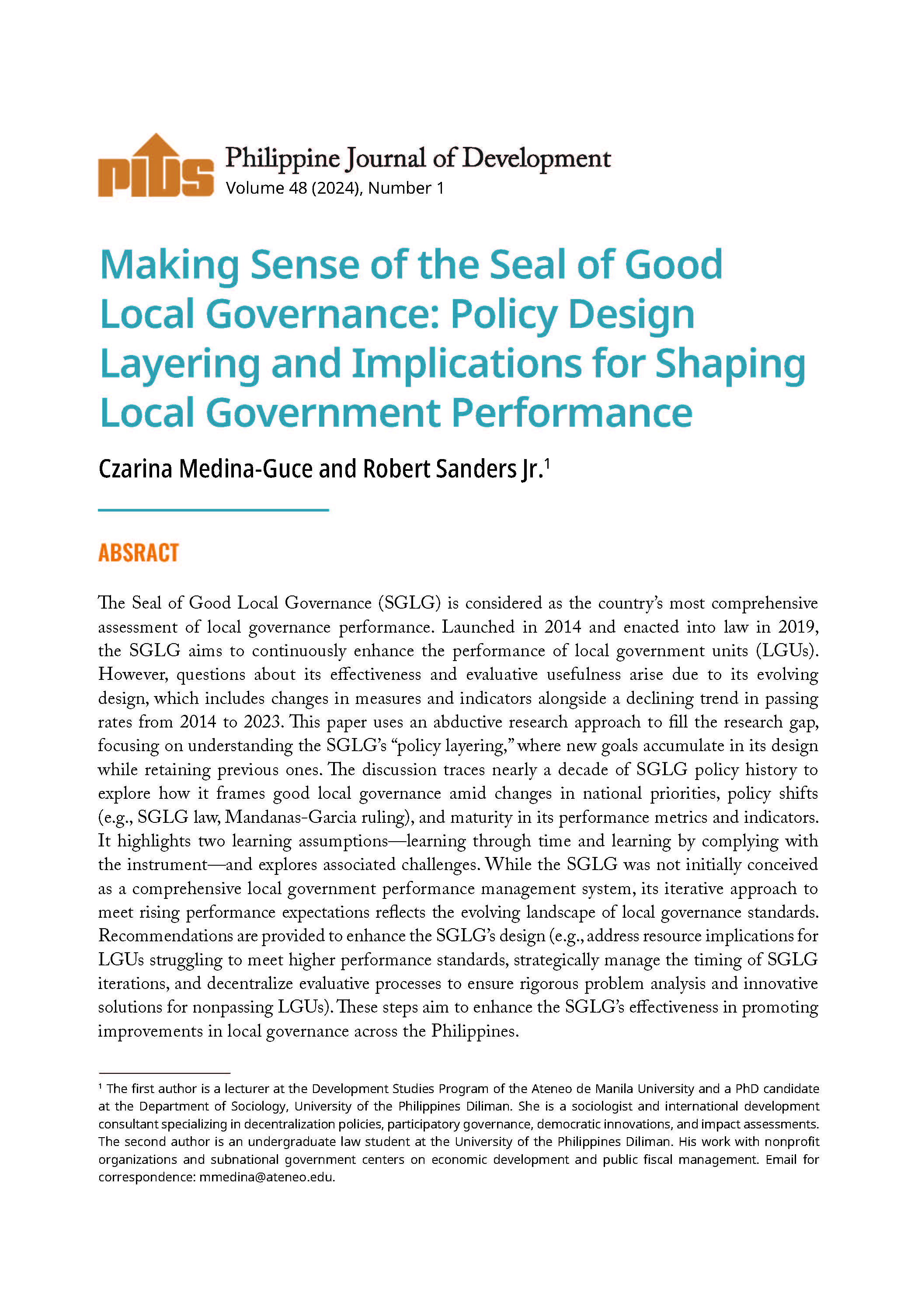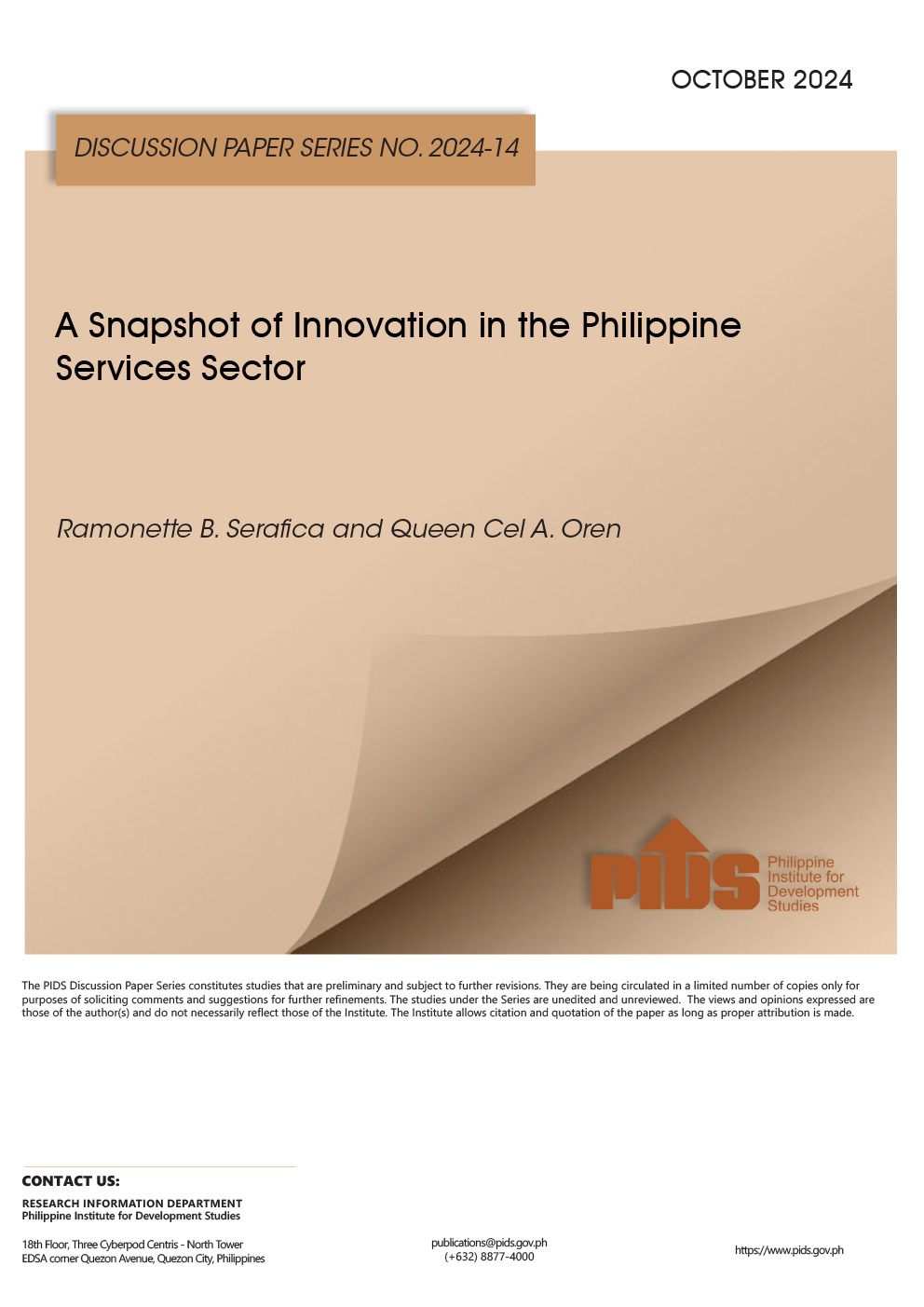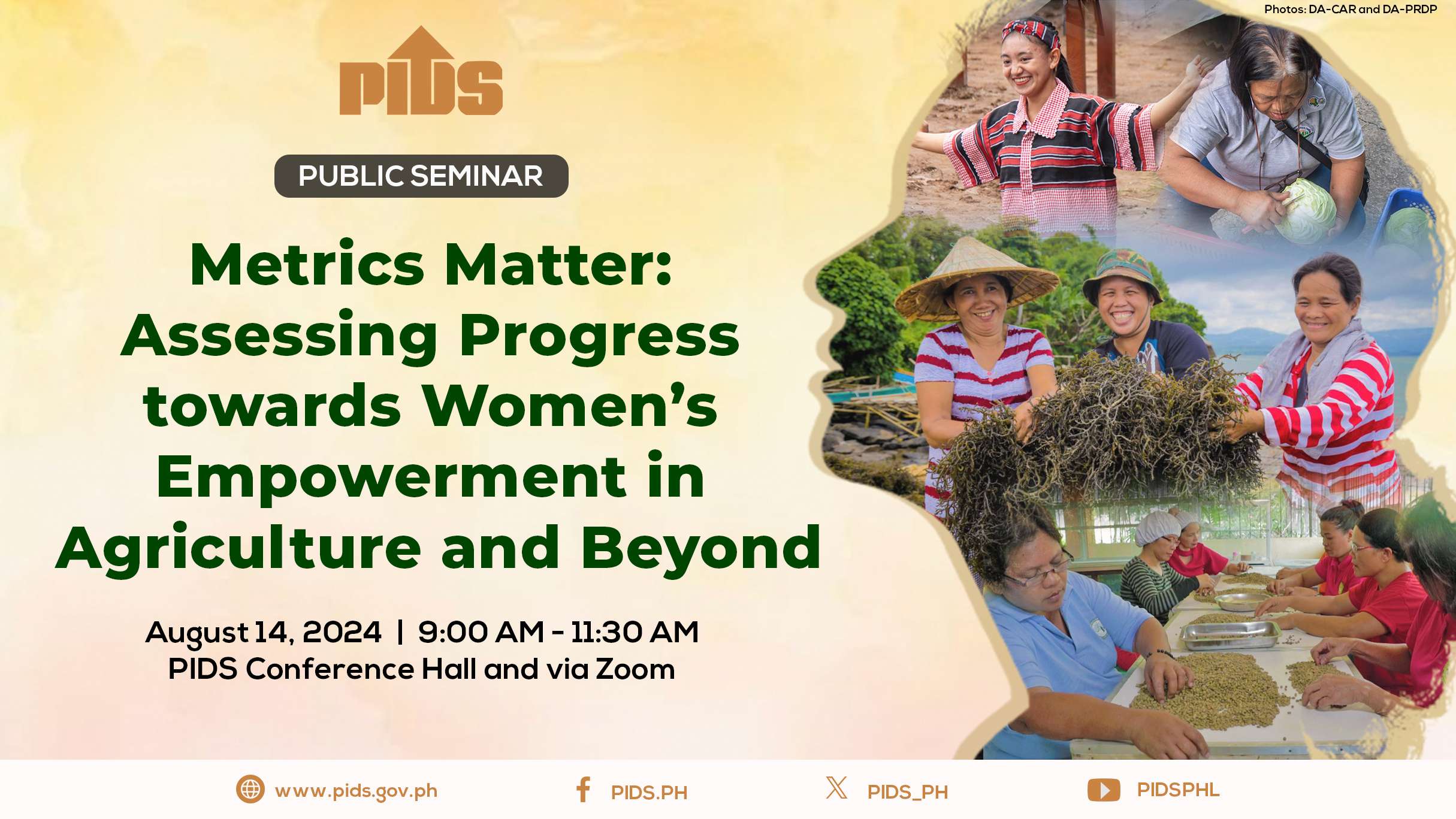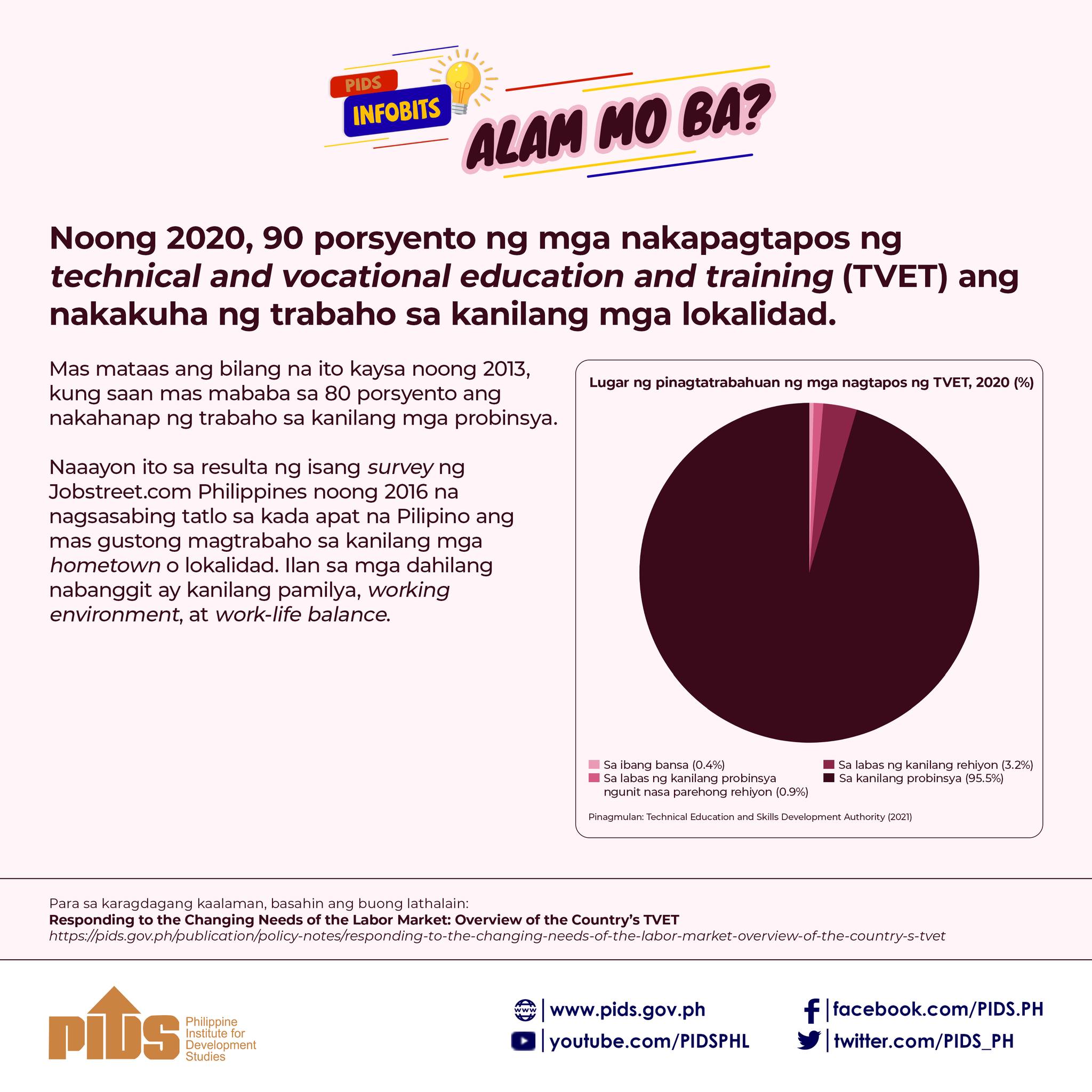LARGE discrepancies in the commercial price of fertilizers and the sub-optimal application of fertilizer of farmers are major challenges that threaten the Philippine agricultural sector.
Study author Dr. Roehlano Briones, senior research fellow of state think tank Philippine Institute for Development Studies, identified two significant challenges facing the sector agriculture in regards to fertilizer sector -- inefficient fertilizer marketing (as seen in the large discrepancies in pricing across adjacent regions) and sub-optimal amounts of fertilizer applied by farmers.
"Across the country, there is a wide dispersion in retail prices of fertilizer,” Briones said. "The cheapest fertilizers are found in Ilocos, Cagayan Valley, Western Visayas, and Davao region,” he said.
Moreover, the most expensive fertilizers are ironically sold in the poorest regions in the country such as the Autonomous Region in Muslim Mindanao and Eastern Visayas, Briones said.
Future research is needed to resolve the pricing disparities in fertilizer, Briones noted. It would help to identify if disparities may be attributed to transaction cost differences or area-specific gaps in infrastructure and logistics, he said.
"The diminishing importance of domestic production of fertilizer is also noticeable,” Briones said. Domestic production of fertilizer was accounted for at least 70 percent of consumption from 1994 to 1996, but now the share is down to 30 percent or lower, he said.
Locally produced fertilizers are sourced from five firms, four of which are based in Luzon. These are mostly producers of smaller quantities of various common and specialty fertilizers, Briones said.
Soiltech Agricultural Products has a capacity to produce one million tons of fertilizers in a year and considered as the market leader in domestically produced fertilizer in Luzon, Briones said.
Meanwhile, Philphos, located in the Visayas, has the capacity to produce 1.17 million ton of fertilizer that distributes all over the country, he said.
"Clearly, there are large-scale economies at work, limiting the number of domestic manufacturers, but the market as a whole need not be an oligopoly if there is strong competition from imports,” Briones said.
"Statistical analysis shows that ups and downs in the world price are efficiently transmitted to domestic markets. There is no evidence to support the hypothesis of excess profit from buying low abroad and selling high locally.”
"Imports are mostly sourced from Asean and other free trade partners where the import duty is zero. There is in effect free trade in fertilizers,” Briones said.
"China is by far the largest source of imports of the Philippines,” he said. Moreover, domestic production depends mainly on imported raw materials such as rock phosphate, anhydrous ammonia, sulfuric acid, and other finished fertilizer grades," he added.
Briones also found that farmers continue to apply sub-optimal amounts of fertilizer both for the main nutrients (nitrogen, phosphorus, potassium) and for micronutrients.
Although fertilizers positively contribute to profitability of rice farming, fertilizer is being underutilized in Philippine farms compared to other Asean countries, Briones said.
Based on the FAO FertiSTAT data (Food and Agriculture Organization of the United Nations Fertilizer Use Statistics) for 2001, fertilizer application in the country’s paddy rice areas was only 51 kilograms per hectare against Indonesia’s application at 105 kilograms per hectare.
Access to credit and risk aversion are not strong factors on the issue of sub-optimal amounts of fertilizer used in Philippine farms, Briones said. Lack of information and aversion to loss are other possible reasons.
Pinning down the explanation will require evidenced-based analysis at the level of the market and the farmer, to arrive at a comprehensive understanding of the farmer’s goals, opportunities, and constraints, he said.//
Local agriculture threatened by bad marketing, poor use of fertilizers
The Daily Tribune












